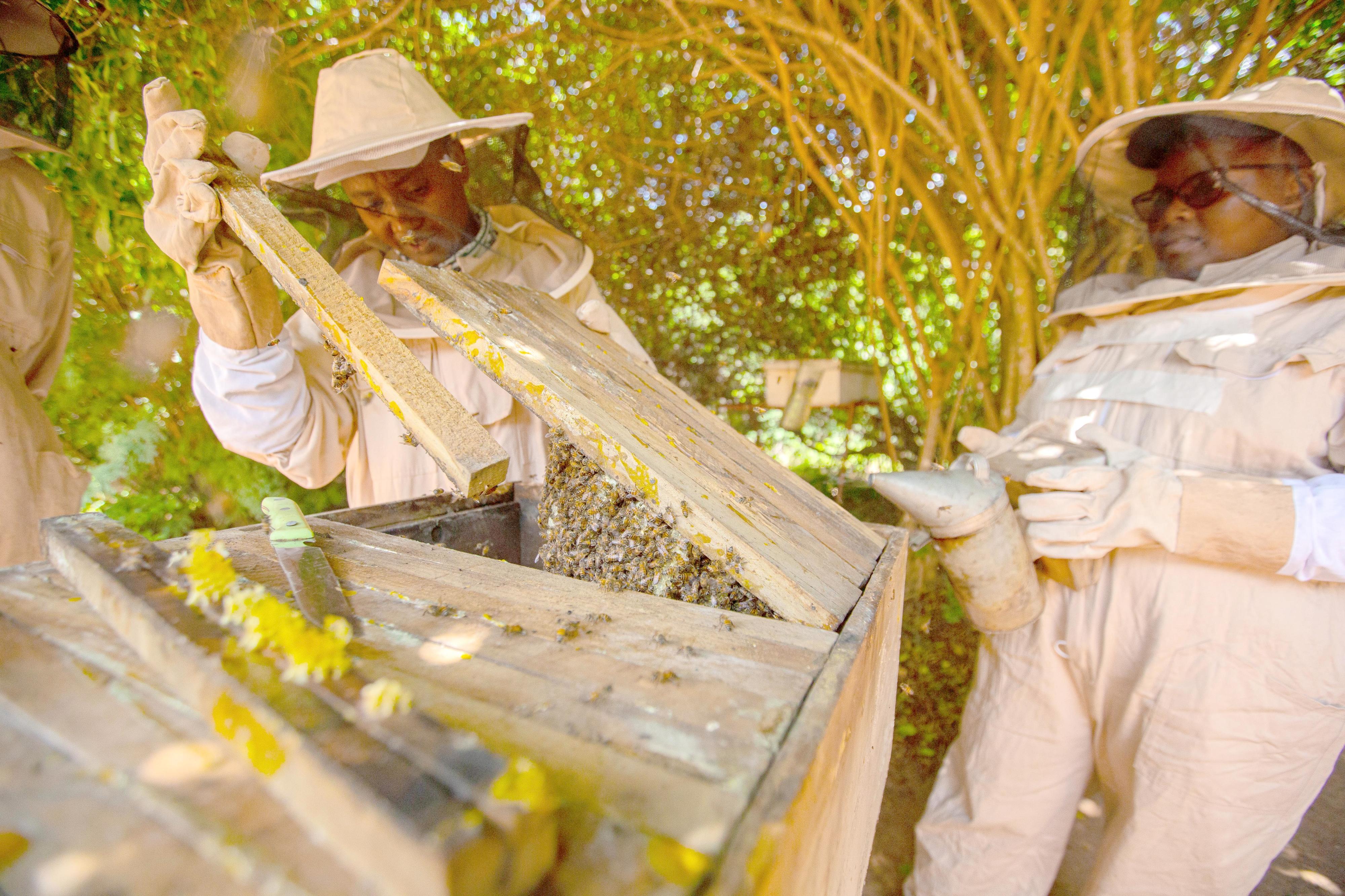Ebola is proving hard to beat in DR Congo

Nearly this time exactly two years ago I wrote about the latest positive results showing – for the first time – that a vaccine against one of the world’s scariest viruses, Ebola, could work. I was writing after the epidemic that hit Guinea, Liberia and Sierra Leone from 2013 until 2016. Since then, there have been three more outbreaks of the disease: all in the Democratic Republic of Congo (DRC).
The first two outbreaks (in 2017 and 2018) were extinguished quickly as the DRC is experienced in stopping Ebola. When a new outbreak happened earlier this year, I also said that it would be quickly brought under control especially with use of the vaccine. But that is not the case: the latest outbreak has been going on for months, infecting 505 people and killing 296 by the middle of December 2018.
Why is Ebola proving so recalcitrant to our best efforts at stopping it? The answer lies partly with the inherently deadly properties of the Ebola virus; the DRC’s instability is another element of the problem.
Ebola: one of the worst viruses
Ebola is a dreadful disease. It causes fever, vomiting and diarrhoea and bleeding, and is one of the deadliest infections known to medical science. At least half of the people who get the disease will die – even with the best medical care.
The spread of the virus is closely linked to human behaviour. It’s transmitted via contact with the bodily secretions from someone who is already sick with Ebola. This means that those who are caring for the sick and dying, such as close family members or healthcare workers, are more likely to get infected. These close ties to basic human social biology can result in a dramatic disruption to family community and regional life.
No cure
There is now a safe and effective Ebola vaccine, rVSV-ZEBOV. But one of the reasons that Ebola is so deadly and frightening is that there is no cure.
There are medical treatments for some of the symptoms, such as fluid loss, pain and fever – but nothing that can eradicate the disease entirely. This lack of a cure shouldn’t suggest that researchers and doctors aren’t trying. Since Ebola was discovered in the late 1970s, scientists across the world have been studying the virus and have identified a number of ways of preventing infection and disease. But testing new potential drugs for a virus that’s as unpredictable as Ebola in humans is nearly impossible. That being said, some experimental drugs are being used under compassionate usage rules, giving an unapproved medicine to someone who is very near to death. And there are plans in place to conduct a number of rigorous trials in the DRC, during the current outbreak.
Finding a safe and effective cure for the disease will go a long way in stemming future outbreaks.
Controlling the virus
For now, the best way to control the Ebola outbreak is to ensure that an infected person does not pass the infection on to more than one other person.
A “straightforward” way to do this would be to find, treat and isolate every infected person then track down all the people they could have spread the virus to and make sure they don’t get sick and then isolate them, and so on. This is aided in Ebola as it has a relatively long incubation period of at most three weeks and it is typically pretty obvious that you are sick allowing you to find sick people and their exposed contacts before it’s too late. The existence of rVSV-ZEBOV makes this process much more efficient. It can make treating Ebola safer and less open to disruption. The vaccination approach appeared to work well at the end of the West African outbreak and this time it may in fact be the reason that this DRC outbreak is not infinitely larger than it could be.
The author is a virologist, University of Glasgow, UK. He first filed this report for Conversation Africa




